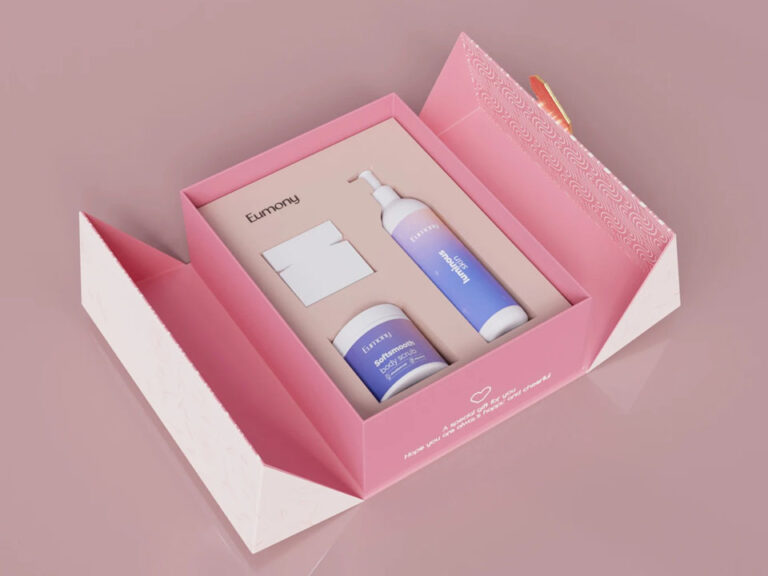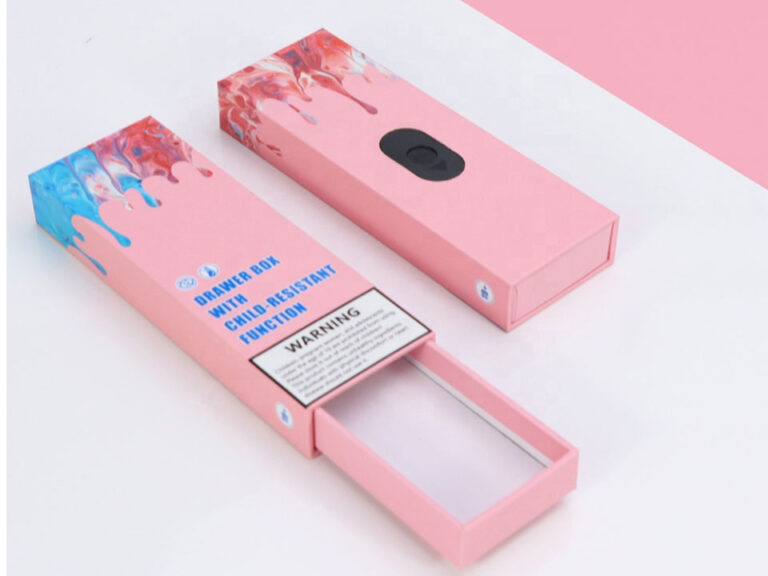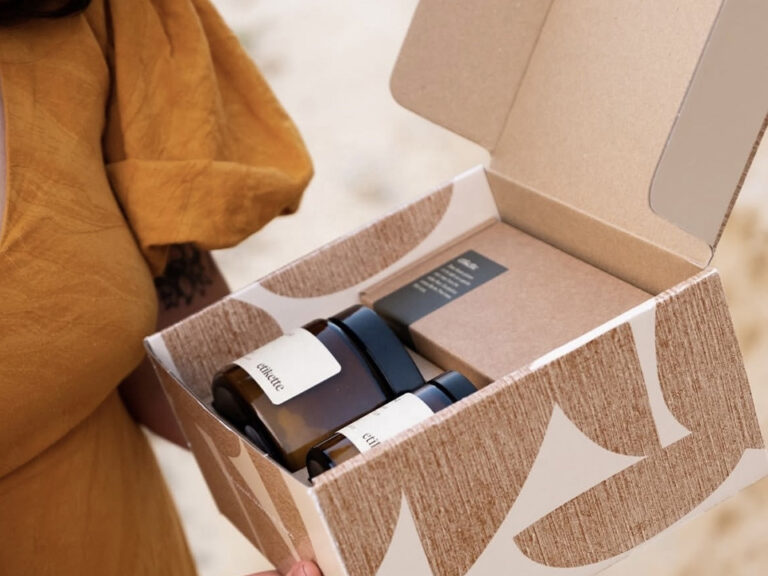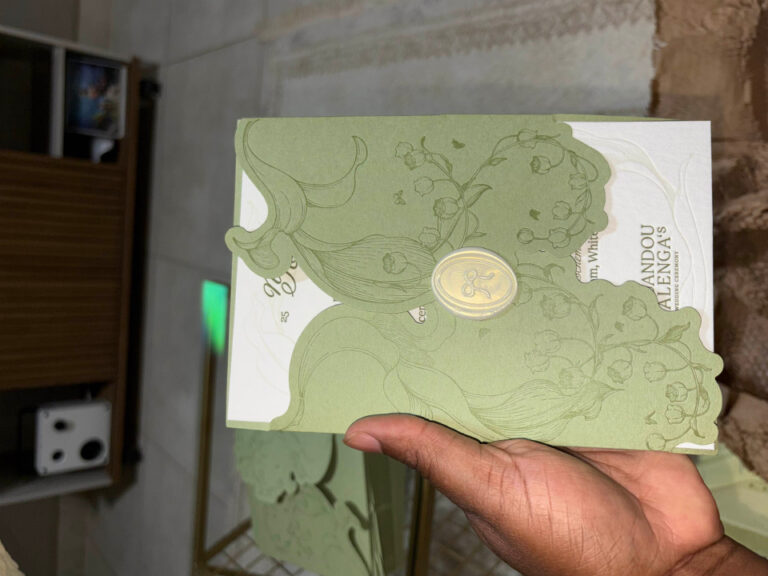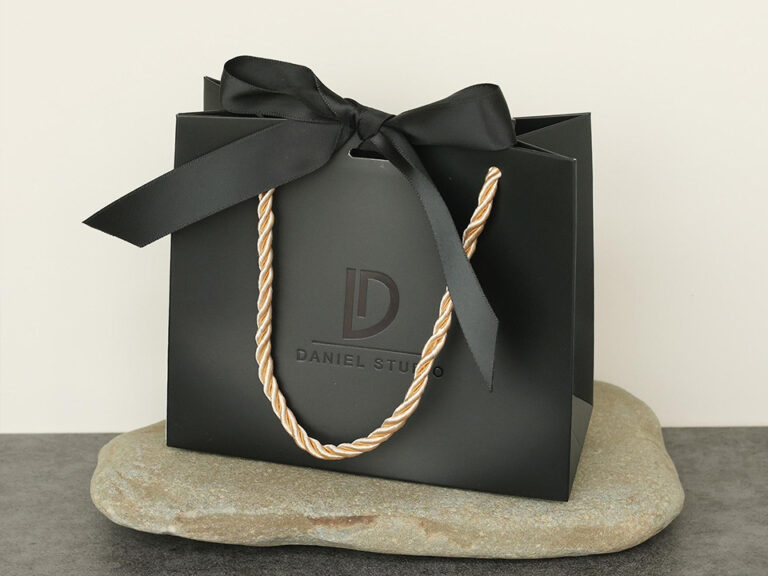電子製品パッケージデザイン:技術的美学と環境保護コンセプトの統合
はじめに
Electronics action quickly; assumptions move faster. Product packaging is no more a safety covering you discard– it’s the very first handshake, the 2nd screen, and the quiet supporter for your brand’s worths. When technical aesthetics satisfy ecological concepts, packaging quits being a price facility and starts acting like a growth engine: it hints quality, makes unboxing intuitive, and verifies you appreciate the world.In this piece, we’ll map how to fuse design finesse with sustainability—from CMF choices and interaction design to material architecture and supply-chain decisions—so your next box feels future-ready the moment someone lifts the lid.
目次
1. Technological aesthetics: the visual soul of packaging design
CMF strategy for electronics
Tech buyers read surfaces. A well-tuned CMF system creates coherence between device and box: soft-touch laminates signal warmth and grip; satin sheens whisper premium; micro-textures guide fingertips to the pull tab. For rigid presentations, a sleek two-piece structure or a drawer format spotlights the device as if it were a product launch on a stage. See how a refined watch kit translates this language in a smart watch packaging gift box.
Precision proportions and hierarchy
Minimal lines, symmetric margins, and deliberate negative space frame the hero. Use consistent ratios for lid depth, cavity height, and accessory spacing to create a clear visual hierarchy—device first, essentials second, leaflets last.
Typography and iconography
Sans-serif typography and clean pictograms deliver clarity at a glance, crucial during first-use setup. Consider a modular icon system so the same family appears on the shipper, inner tray, and quick-start card.
Structural elegance for premium devices
Heavier products deserve sturdy geometry—shoulder-neck lids, rigid drawers, or foam-lined inserts that lock the unit in place. Explore the balance of protection and display in this drone packaging.
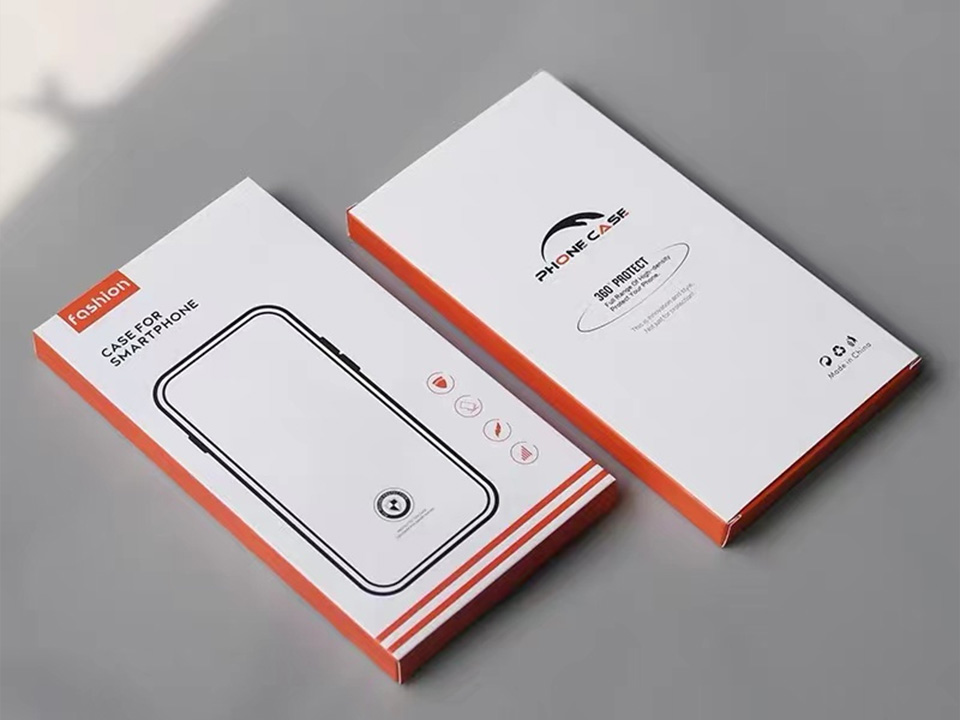
2. Environmental protection concept: the responsibility of packaging design
Material hierarchy and mono-material thinking
Start with reduction. Then prioritize mono-material builds to simplify recycling. Paperboard and molded fiber can often replace mixed plastics. Where protective density is needed, engineered paper foams or corrugated architectures create crush resistance without composite waste. Category examples live here: 電子ボックス.
Design for disassembly
Fasteners, windows, and magnet closures can complicate end-of-life. Favor friction locks, paper pull tabs, and single-substrate inserts. If you must use magnets, isolate them in a removable pod.
Right-sizing and logistics efficiency
Tight volumetrics reduce void fill and transport emissions. Consider flat-pack formats or collapsible structures for bulk programs—without compromising the reveal.
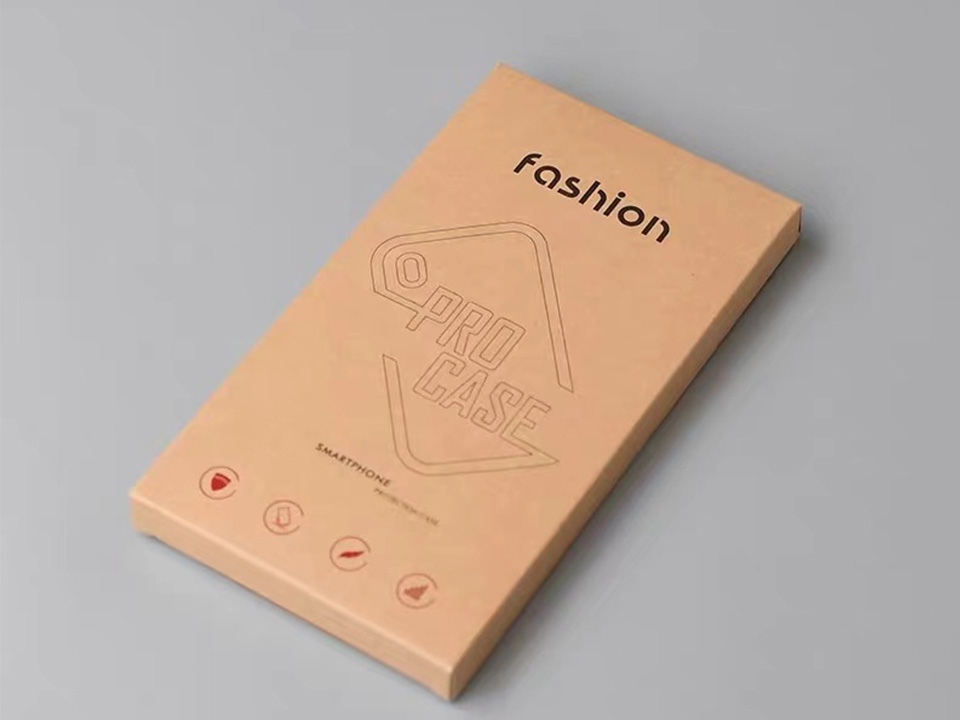
3. User experience: upgrade from function to emotion
Intuitive unboxing flow
Map the unboxing journey like a mobile UI: first touch, main action, confirmation. A ribbon loop, a finger-notch, or a slide-drawer cue tells users exactly what to do next. Drawer builds shine here; a smooth glide plus a friction-tuned stop creates a moment of theater. For a minimalist approach, look at this clean electronic packaging lid-and-base.
Accessibility and inclusivity
Large, high-contrast instructions; easy-grip tabs; and single-handed opening improve accessibility for everyone. Reduce cognitive load with numbered steps and contextual icons.
Retainability and secondary use
If the box looks and feels like a desk organizer, users keep it. That choice lengthens the product story and delays disposal.
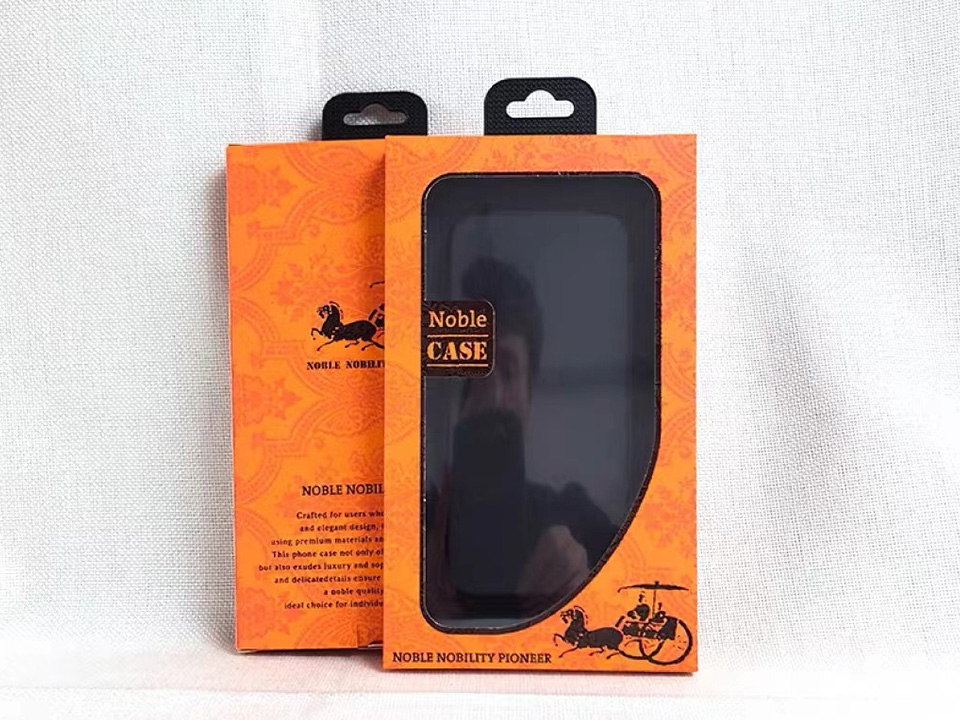
4. Innovative technology: the integration of intelligence and interaction
Connected packaging (NFC/QR/AR)
Smart labels bridge physical and digital. A tap can verify authenticity, register a warranty, or launch onboarding videos. For premium tiers, embed a micro-screen or pair the box with a companion video card to deliver guided setup and brand storytelling. See how integrated screens elevate storytelling in Video-Pak.
Modular inserts for upgrades
Design inserts to adapt across SKUs—battery vs. wireless charging variants, regional plugs, or accessory bundles. A modular cavity plan reduces tooling while preserving a consistent brand feel.
Anti-counterfeiting cues
Micro-emboss patterns, tamper-evident seals, and serialized codes telegraph safety and care—without adding wasteful layers.

5. Cultural integration: balance between localization and globalization
Localized semantics, global grammar
A global visual grammar (clean grids, restrained color, consistent iconography) can host local accents—festive sleeves, native-language quick guides, or region-specific certifications. This avoids “template sameness” while respecting cultural nuance.
Typography and color sensitivity
Color meanings shift by market; typography legibility shifts by script. Design a typographic scale that supports Latin and non-Latin scripts, then proof physical mockups to validate kerning and small-size readability.
Retail ecosystems and brand codes
Your e-comm shipper, retail shelf pack, and VIP bundle should feel like siblings, not cousins. A common CMF palette and structure logic ties everything together.
6. Sustainable development: from concept to industrial chain reconstruction
Circular materials and supply-chain alignment
Sustainability is a chain-wide discipline: material selection, sourcing proximity, converting processes, kitting, freight density, and end-of-life pathways. Commit to substrates with credible recycled content and design around their strengths instead of forcing them to mimic virgin stock.
Print engineering for lower impact
Fewer passes, water-based coatings, and precise coverage targets cut energy and consumables. When volume requires folding cartons, lean on standardized dielines and efficient layouts like these 折り畳みカートン. If you need rugged transit strength with branding headroom, dial in flute, board grade, and print method with プリント段ボール箱.
Cylindrical and hybrid structures
Paper tubes and hybrid cores create premium tactility with less waste, especially for wearables and accessories. Explore adaptable cylindrical formats via 紙管包装.
Kitting, inserts, and operational efficiency
Standardized trays and universal accessory wells reduce changeovers. When you must protect small parts, consider die-cut paperboard nests before foam. For retail bundles with screens or demo content, integrate electronics only where the storytelling payoff is clear (again, see Video-Pak).
Prototyping and test loops
Pilot with short runs to validate crush, drop, and humidity performance. Use lightweight A/Bs—different openings, tray frictions, or print finishes—to optimize for delight without over-engineering.
概要
Tech packaging earns trust when it looks as advanced as the product and feels as considerate as a promise. Aim for a CMF system that reads premium yet honest; orchestrate an unboxing flow that’s intuitive, inclusive, and memorable; and let sustainability steer decisions from material to logistics. If you do, customers will feel the intelligence the instant they touch the box—and the planet will feel your restraint long after it’s recycled.






